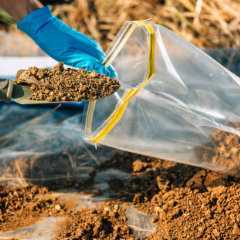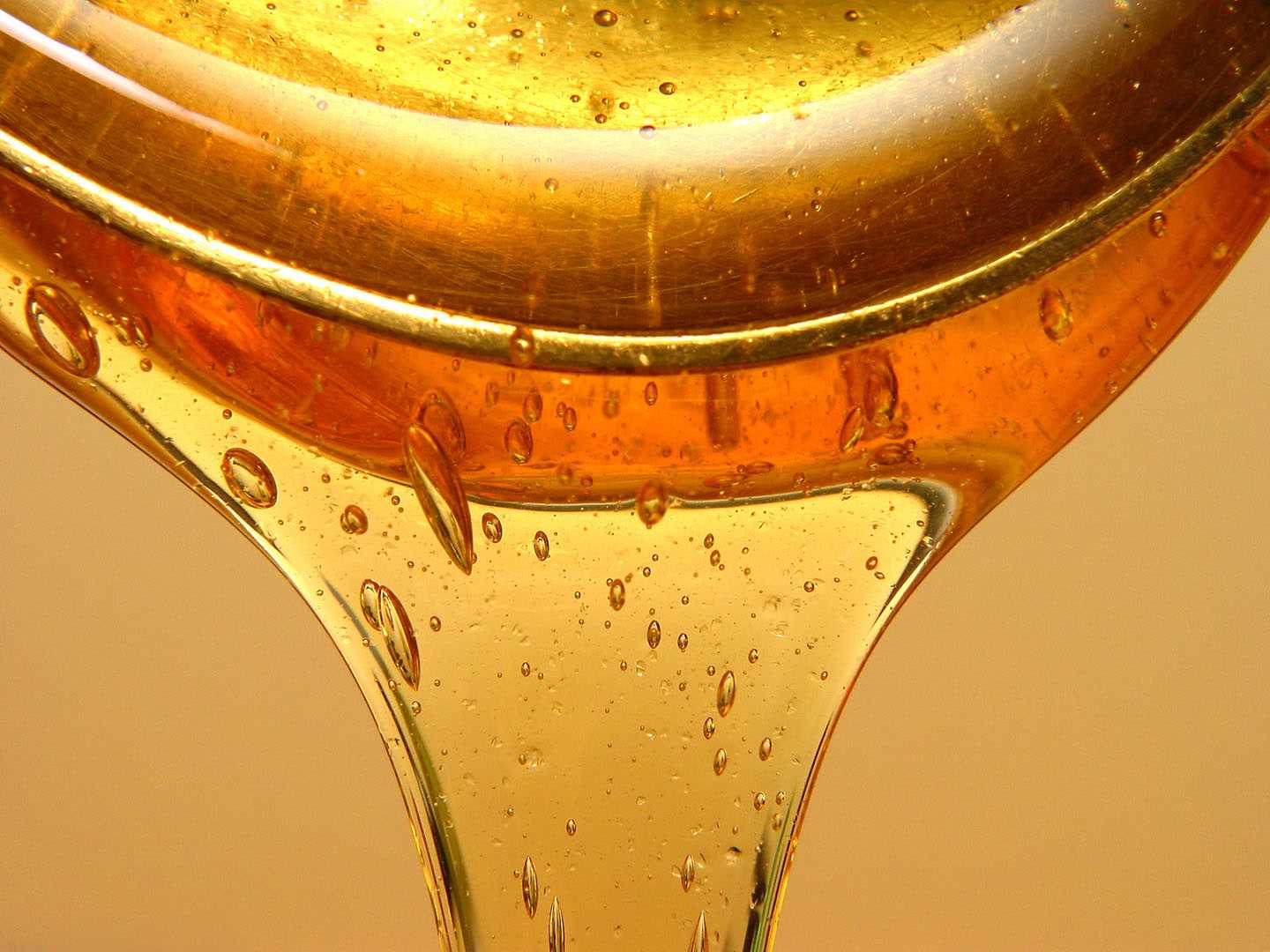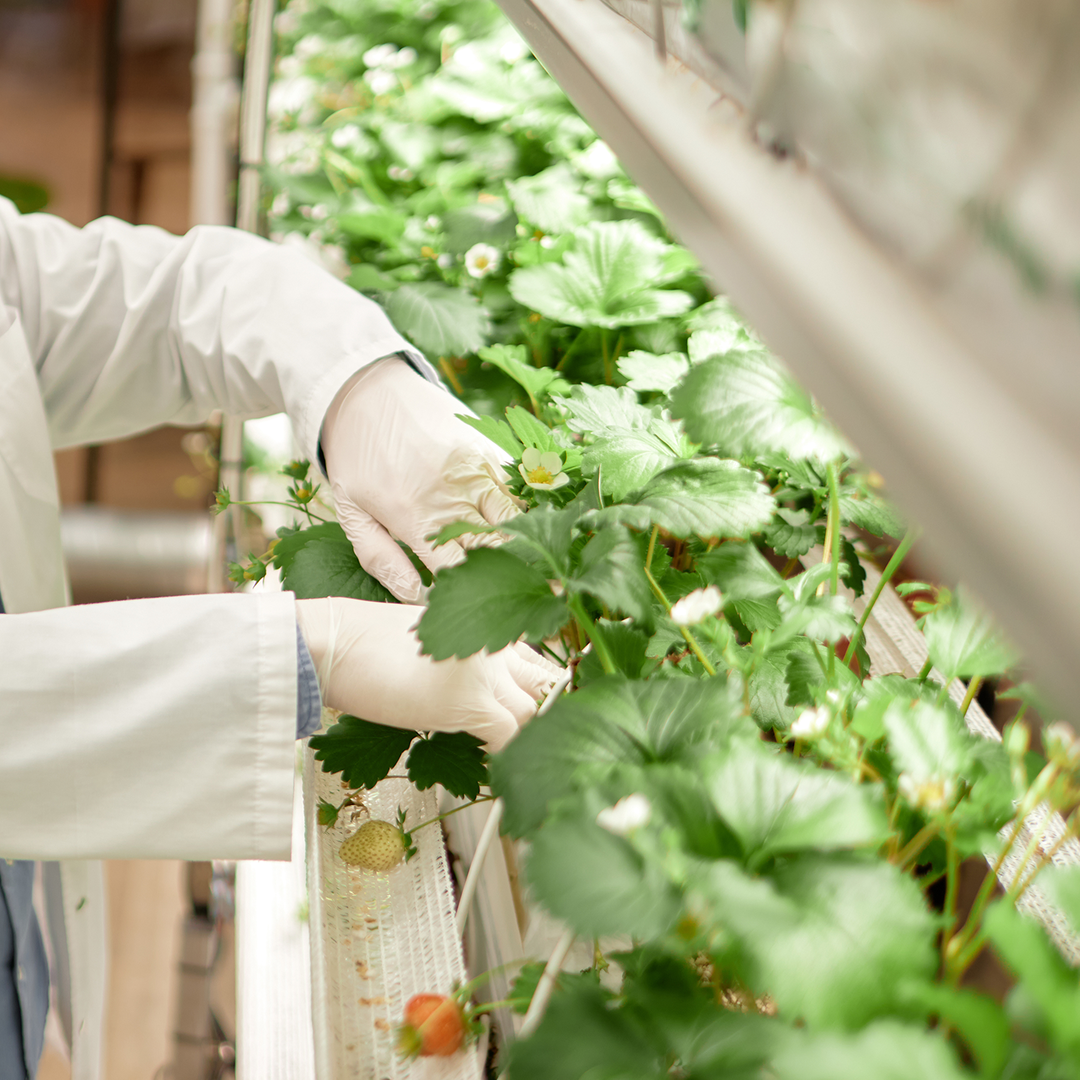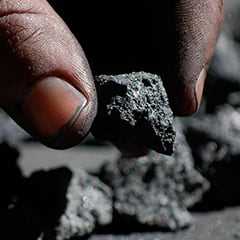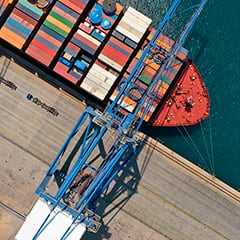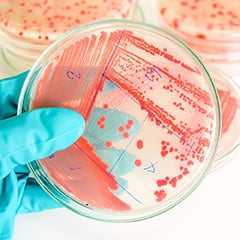EnviroMail™ 37 USA
Comprehensive aquatic toxicology services: WET testing and data confidence for compliance

Aquatic toxicology testing: purpose and significance
Aquatic toxicology testing is a scientific process used to evaluate the impact of chemical substances, industrial effluents, and environmental contaminants on aquatic organisms such as fish, algae, invertebrates, and plants.
These assessments measure endpoints including mortality, growth inhibition, reproduction and behavioral changes under controlled laboratory conditions, following standardized protocols established by organizations such as the US Environmental Protection Agency (EPA), Organization for Economic Co-operation and Development (OECD), and American Society for Testing and Materials (ASTM) International.
Unlike chemical-specific testing, which targets individual compounds, whole effluent toxicity (WET) testing evaluates the combined effect of complex wastewater mixtures on receiving surface waters. This approach accounts for additive, synergistic and antagonistic interactions among multiple constituents, providing a more comprehensive assessment of ecological risk.
By identifying toxic effects before contaminants reach natural water bodies, aquatic toxicology testing helps protect biodiversity, sustain fisheries and safeguard public health. It also supports compliance with environmental regulations such as the Clean Water Act and international chemical management frameworks, helping ensure responsible discharge practices and sustainable resource use.
Aquatic toxicology testing at ALS
ALS offers a comprehensive suite of testing services at our aquatic toxicology laboratory to support regulatory compliance and investigative research. The laboratory specializes in producing defensible, high-quality data that meets stringent scientific and regulatory standards. Services include acute and chronic toxicity assessments for freshwater and marine organisms, sediment toxicity evaluations, and effluent characterization, all aligned with EPA, OECD and ASTM protocols.
We maintain rigorous quality assurance and quality control procedures to help ensure data integrity and traceability, enabling clients to rely on results for regulatory submissions, risk assessments and internal decision-making. Our services are tailored to client-specific objectives, whether addressing National Pollutant Discharge Elimination System (NPDES) permit requirements, supporting site remediation or evaluating ecological impacts of industrial discharges. By delivering scientifically sound, actionable data, we empower our clients to proactively manage environmental responsibilities while helping them achieve business objectives.
Aquatic toxicology testing services
The precise nature of aquatic toxicity is a critical element in water quality, sediment management and discharge monitoring programs. To help meet ever-changing regulatory standards, we perform an array of aquatic toxicity tests for such diverse purposes as compliance with NPDES permits, hazardous waste classifications and ecological risk assessment. Our aquatic toxicology laboratory is fully equipped to perform toxicity assessments and bioassays of complex wastewaters, groundwater, stormwater, whole sediment and single chemicals using warm- and cold-water fish, invertebrates and plants.
Services include:
- Whole effluent toxicity testing
- Water additive testing
- Chemical-specific toxicity testing
- Toxicity identification evaluations (TIEs)
- Toxicity reduction evaluations (TREs)
- Solid-phase sediment toxicity tests
- Water-effect ratio studies
- Treatability studies
- Analytical chemistry support
- Corrositex (in vitro corrosivity)
Quality test organisms
Our aquatic toxicology laboratory maintains in-house culture capabilities to help ensure the availability of high-quality, standardized test organisms for routine and specialized toxicity testing. This internal capacity supports consistent organism health, age synchronization, and rapid deployment for testing schedules. Organisms cultured on-site include:
- Ceriodaphnia dubia – commonly used in acute and chronic freshwater toxicity tests
- Daphnia magna – utilized for acute toxicity evaluations and sediment testing
- Pimephales promelas (fathead minnow) – employed in both acute and chronic aquatic toxicity assessments
For marine and additional freshwater species, the laboratory sources organisms from trusted commercial vendors with established quality assurance programs. These include:
- Americamysis bahia – used in marine toxicity testing, particularly for effluent and sediment evaluations
- Oncorhynchus mykiss (rainbow trout) – applied in acute toxicity testing and regulatory compliance studies
This dual approach – internal culturing and vetted external sourcing – helps ensure that all test organisms meet stringent health and performance criteria, contributing to the generation of defensible and reproducible data.

Figure 1. Daphnia magna

Figure 2. Fathead minnow

Figure 3. Rainbow trout
State-of-the-art facility
The aquatic toxicology laboratory is equipped with dedicated culture and testing suites, to help maintain strict separation between organism rearing and exposure activities. This infrastructure design minimizes cross-contamination and supports optimal environmental control. Key facility features include:
- Multiple environmentally controlled exposure chambers, allowing precise regulation of temperature, photoperiod and humidity to meet method-specific requirements
- Independent culture rooms for each species, to help maintain organism integrity and reduce variability in test outcomes
- Advanced instrumentation – including automated dosing systems, digital imaging platforms and real-time monitoring tools – to help enhance data accuracy and operational efficiency
Together, these capabilities enable the aquatic toxicology laboratory to deliver high-quality, consistent and scientifically defensible toxicity data that meets or exceeds regulatory standards.
|
Testing |
Method Reference |
||
|
Freshwater tests |
|||
|
Daphnid (Ceriodaphnia dubia) Acute Definitive Test |
EPA 2002.01 / OECD 2025 |
||
|
Daphnid (Daphnia magna and Daphnia pulex) Acute Definitive Test |
EPA 2021.01 / OECD 2025 |
||
|
Fathead minnow (Pimephales promelas) Acute Definitive Test |
EPA 2000.01 / OECD 2036 |
||
|
Daphnid (Ceriodaphnia dubia) Survival and Reproduction Test |
EPA 1002.02 |
||
|
Fathead minnow (Pimephales promelas) Larval Survival and Growth Test |
EPA 1000.02 |
||
|
Chronic 72-hour Green Algal Growth Test using (Raphidocelis subcapitata) |
OECD 2017 |
||
|
Chronic 96-hour Green Algal Growth Test using (Raphidocelis subcapitata) |
EPA 1003.02 |
||
|
Saltwater tests |
|||
|
Mysids (Americamysis bahia and Holmesimysis costata) Acute Definitive Test |
EPA 2007.01 |
||
|
Sheepshead minnow (Cyprinodon variegatus) Acute Definitive Test |
EPA 2004.01 / OECD 2036 |
||
|
Silverside (Menidia menidia, M. beryllina, and M. peninsulae) Acute Definitive Test |
EPA 2006.01 / OECD 2036 |
||
|
Mysid (Americamysis bahia) Survival, Growth and Fecundity Test |
EPA 1007.03 |
||
|
Sheepshead minnow (Cyprinodon variegatus) Larval Survival and Growth Test |
EPA 1004.03 |
||
|
Inland Silverside (Menidia beryllina) Larval Survival and Growth Test |
EPA 1006.03 |
||
|
Sediment tests |
|||
|
Hyalella azteca 10-Day Survival and Growth Test |
EPA 100.14 |
||
|
Chironomus dilutus 10-Day Survival and Growth Test |
EPA 100.24 |
||
|
Hyalella azteca 42-Day Survival, Growth and Reproduction Test |
EPA 100.24 | ||
|
Chironomus dilutus Life-cycle Test |
EPA 100.54 |
||
| Other | |||
|
Water Additive |
EPA/OECD/ASTM | ||
|
Corrositex/Dermal Irritation/Corrosion |
OECD 4358 |
||
| Toxicity Identification Evaluations (Phase I, II, and III) | EPA Guidance | ||
NELAC Accreditation: PA DEP ID No. 68-04227, NJ DEP ID No. MI013, NY Lab ID No. 12171; State Certification: WV DEP Certificate No. 355
Additional states qualified for work: AK, AL, CO, CT, DE, GA, HI, ID, IL, IN, MA, MD, MI, MO, NE, ND, NM, OH, SD, TN, & WY
1EPA 2002. Methods for Measuring the Acute Toxicity of Effluents to Freshwater and Marine Organisms, 5th ed, October 2002. EPA/821/R-02/012
2EPA 2002. Short-term Methods for Estimating the Chronic Toxicity of Effluents and Receiving Water to Freshwater Organisms, 4th ed, October 2002. EPA/821/R-02/013
3EPA 2002. Methods for Estimating the Chronic Toxicity of Effluents and Receiving Water to Marine and Estuarine Organisms, 3rd ed, October 2002. EPA/821/R-02/014
4EPA 2000. Methods for Measuring the Toxicity and Bioaccumulation of Sediment-associated Contaminants with Freshwater Invertebrates, 2nd ed, March 2000. EPA/600/R-99/064
5OECD Test No. 202: Daphnia sp. Acute Immobilisation Test
6OECD Test No. 203: Fish, Acute Toxicity Test
7OECD Test No. 201: Freshwater Alga and Cyanobacteria, Growth Inhibition Test
8OECD Test No. 435: In Vitro Membrane Barrier Test Method for Skin Corrosion
Please contact your ALS project manager for more information or to request sampling supplies.



